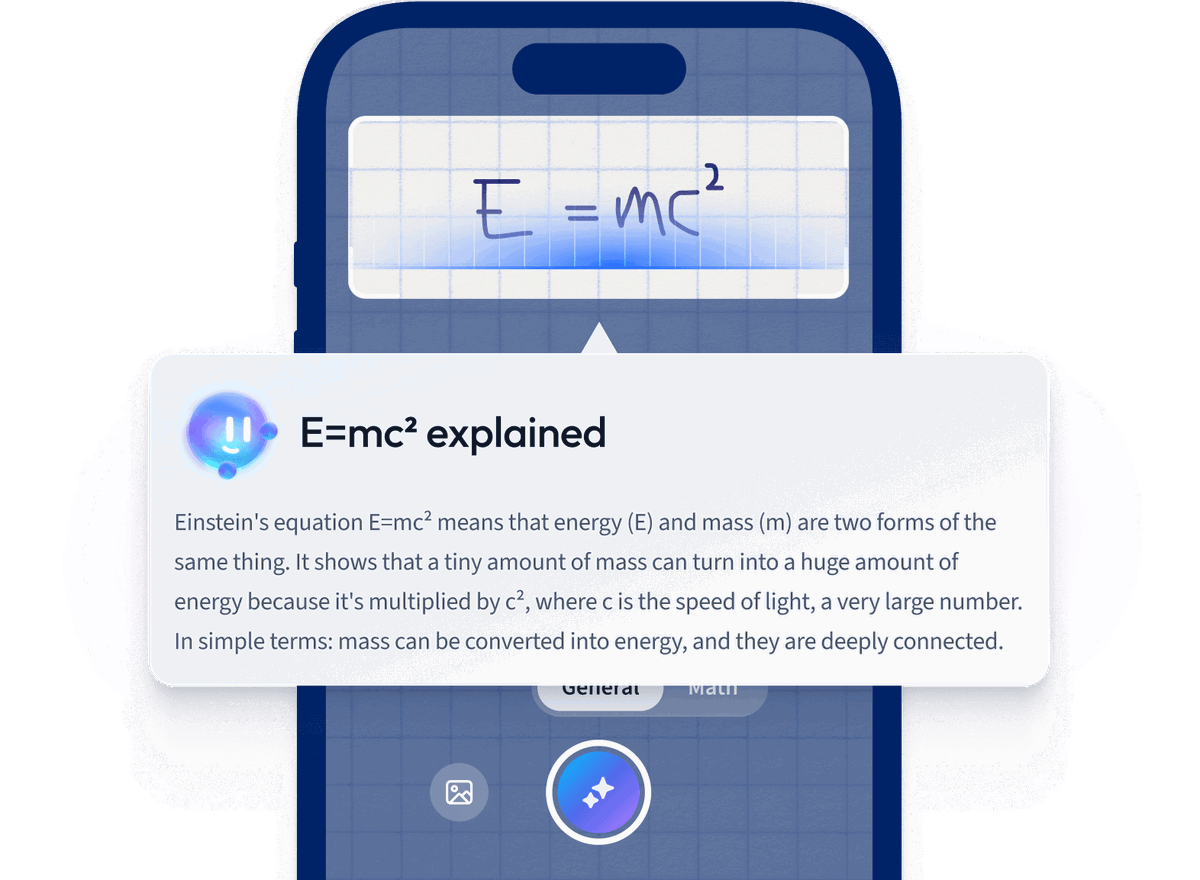Reportage meaning
Literary reportage is a genre within creative non-fiction that presents factual real-life stories but with the storytelling techniques and stylistic conventions of fictional works. Therefore, it is a blend between journalism and fiction.
The literary journalists are marvelous observers whose meticulous attention to detail is wedded to the tools and techniques of the fiction writer. Like reporters, they are fact gatherers whose material is the real world...Like fiction writers, they are consummate storytellers who endow their stories with a narrative structure and a distinctive voice.1
Creative non-fiction: A literary genre that uses literary styles and techniques to narrate factual real-life events.
Reportage includes aspects of journalism such as eyewitness accounts of real-life events, facts, research, historical backgrounds, photojournalism, sources, quotes and interviews.
However, traditional journalism is usually objective, constrictive, straightforward distant and detached, which can make it dry and uninteresting. Hence, writers of reportage blend aspects of fiction to make reporting factual events more lively and engaging. Writers of reportage use the first-person narratives to immerse themselves in the story and do not shy away from drama, dialogue, human emotions, personal opinions, character development, vivid imagery and experimentation with plot structure and chronology. Unlike traditional journalism, they focus more on the lives of their individual subjects and how they have been affected by events rather than institutions.
The popularity of reportage came about as a part of the New Journalism movement in America in the 1960s and the 1970s. This movement advocated for pushing past the restrictive boundaries of traditional journalism. Instead, it encouraged using creative storytelling techniques used in fiction to report on real-life events and people.
The primary purpose of reportage is to elicit an emotional response from its readers. By immersing themselves in the experiences of their subjects, writers of reportage comment on the bigger picture of current affairs about culture, politics, and society.
Reportage has been described as
the creative treatment of actuality.2
Reportage synonym
The genre literary reportage has several synonyms. The most common ones are:
Literary journalismNarrative journalismImmersion journalismTypes of reportage
Literary reportage often overlaps with other forms of creative non-fiction in the sense that these types also narrate factual events using fictional storytelling techniques and devices.
Biography
While reportage often focuses on political and social situations, it pays special attention towards describing the lives, experiences and personalities of the people involved in these situations. Hence, autobiographies, biographies and group biographies have often been described as written reportage, as they also describe real-life people but with creative storytelling techniques.2
Frank Sinatra Has a Cold (1966) is a written reportage by Gay Talese (1932-present) profiling the singer Frank Sinatra (1915-1998). In the reportage, Talese interviewed everyone in and around Sinatra's life, except Sinatra, whose excuse for not coming for the interview was that he had a cold.
 Fig. 1 - Frank Sinatra in 1947, the subject of Frank Sinatra Has a Cold (1966)
Fig. 1 - Frank Sinatra in 1947, the subject of Frank Sinatra Has a Cold (1966)
Travel writing
Travel writing describes the places the writer has visited and the experiences they have had along the way in a manner that is factual, accurate and truthful but also infiltrated by vivid imagery, personal commentary and experimentation with plot structure. Hence, it can be considered a form of literary reportage.
Freed from strictly chronological, fact-driven narratives, nearly all contemporary travel writers include their own dreams and memories of childhood as well as chunks of historical data and synopses of other travel books. 3
Annals of the Former World (1998) by John McPhee (1931-present) charts the geological history of North America done by two decades of research and road trips done by the writer alongside geologists.
Personal essay
Personal essays are similar to autobiographies wherein the writer informs the reader of an important lesson they learnt from a real-life experience. Hence, while personal essays are factual, they represent the writer's version of the truth. This leaves room for the writer's thoughts, feelings and interpretation of the event to allow a degree of subjectivity that is often seen in written reportages.
The White Album (1979) is a book of personal essays by Joan Didion (1934-2021) where she details her mental health struggles alongside other interactions with prominent figures involved in the murder trial of California's Tate murders in 1969.
Historical writing
Similar to travel writing, historical writing requires much in-depth research into historical events, figures and contexts. However, the way in which these historically true facts are often presented - the tone, mood and storytelling style - is dependent on the writer.
Long-form journalism
Long-form journalism and features are news articles that are longer in length compared to 'hard' news articles. As such, they usually take a deep dive into their subject matter and have more breathing space for description, commentary and character sketches. They usually have a human-interest angle to them and hence deal with the lives and experiences of real-life people.
Hiroshima (1946) narrates the atomic bombing of Hiroshima (1945) through the eyes of six survivors who were interviewed by American author John Hersey (1914-1993).
 Fig. 2 - Atomic cloud over Hiroshima in 1945.
Fig. 2 - Atomic cloud over Hiroshima in 1945.
Reportage example
Here are a few notable examples of literary reportage.
In Cold Blood (1966) by Truman Capote
In Cold Blood is a true crime reportage where Capote (1924-1984) spent six years researching the 1959 murders of the Clutter family in Holcomb, Kansas. Capote conducted several interviews and did extensive research into the murderers, victims, investigators and other parties involved in the case.
Capote uses sophisticated language, imagery and a deep dive into the complex emotions and relationships surrounding the case, presenting it through the eyes of the murders, victims and community members.
In Cold Blood is one of the earliest examples of the reportage genre.
The Executioner’s Song (1979) by Norman Mailer (1923-2007)
The Executioner's Song is a Pulitzer Prize-winning true crime reportage that details the events surrounding the conviction of Gary Gilmore in 1997, the first person to be executed in the US following the ban on capital punishment being lifted in 1976.
The book provides a look into the mind of a murderer and the guilt, anguish and fear experienced by Gilmore prior to his execution.
The People of the Abyss (1903) by Jack London
The People of the Abyss is a reportage that provides autobiographical accounts of Jack London's (1876-1916) experiences whilst he was living in the Whitechapel district of London in 1902. London's reportage sheds light on the conditions faced by the urban working classes, who often slept on the streets or in workhouses.
London disguised himself as one of the working-class poor and therefore is the author of the reportage as well as an active participant in its contents.
 Fig. 3 - Jack London, author of The People of the Abyss (1903).
Fig. 3 - Jack London, author of The People of the Abyss (1903).
Reportage - Key takeaways
- Literary reportage is a genre that presents factual real-life stories but with the storytelling techniques and stylistic conventions of fictional works.
- Reportage includes aspects of journalism such as eyewitness accounts of real-life events, facts, research, historical backgrounds, sources, quotes and interviews.
- Some synonyms of reportage are:
- Literary journalism
- Narrative journalism
- Immersion journalism
- Some types of reportage are:
- Biography
- Travel writing
- Personal essay
- Historical writing
- Long-form journalism
- Some examples of reportage include:
References
- Norman Sims. The Literary Journalists. 1962
- Jerome Boyd Maunsell. 'The Writer as Reporter'. 2020
- Casey Blanton. Travel Writing: The Self and the World. 2002
- Fig. 1 - Public Domain: https://commons.wikimedia.org/wiki/File:Frank_Sinatra_by_Gottlieb_c1947-_2.jpg
- Fig. 2 - Public domain: https://commons.wikimedia.org/wiki/File:Atomic_cloud_over_Hiroshima_-_NARA_542192_-_Edit.jpg
- Fig. 3 - Public domain:https://commons.wikimedia.org/wiki/File:Jack_London_young.jpg
How we ensure our content is accurate and trustworthy?
At StudySmarter, we have created a learning platform that serves millions of students. Meet
the people who work hard to deliver fact based content as well as making sure it is verified.
Content Creation Process:
Lily Hulatt is a Digital Content Specialist with over three years of experience in content strategy and curriculum design. She gained her PhD in English Literature from Durham University in 2022, taught in Durham University’s English Studies Department, and has contributed to a number of publications. Lily specialises in English Literature, English Language, History, and Philosophy.
Get to know Lily
Content Quality Monitored by:
Gabriel Freitas is an AI Engineer with a solid experience in software development, machine learning algorithms, and generative AI, including large language models’ (LLMs) applications. Graduated in Electrical Engineering at the University of São Paulo, he is currently pursuing an MSc in Computer Engineering at the University of Campinas, specializing in machine learning topics. Gabriel has a strong background in software engineering and has worked on projects involving computer vision, embedded AI, and LLM applications.
Get to know Gabriel














